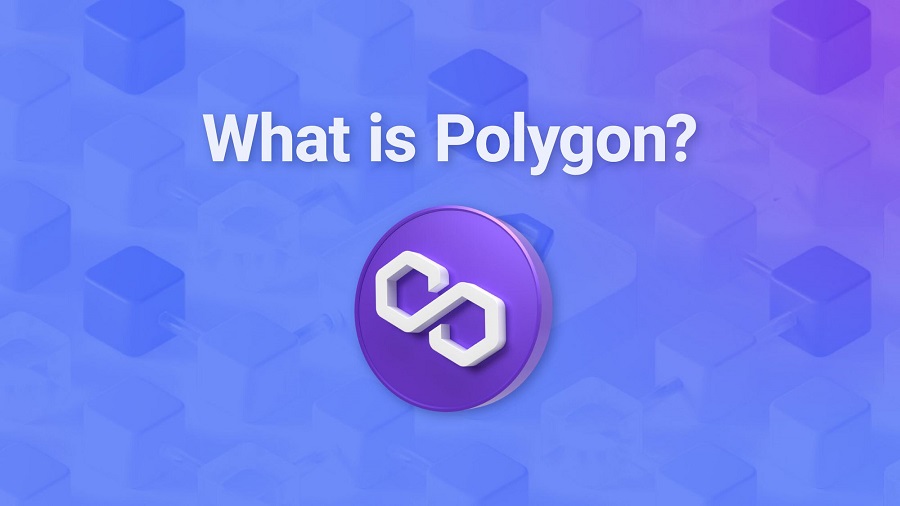
Polygon (MATIC): The Ethereum’s Scaling Solution and Beyond
In the ever-evolving world of blockchain and cryptocurrencies, certain projects have distinguished themselves with unique offerings. Among them, Polygon, formerly known as Matic Network, stands out as an integral solution to Ethereum’s scalability challenges, while also providing an infrastructure for building and connecting Ethereum-compatible blockchain networks.
Understanding Polygon’s Genesis: The Matic Journey
Before adopting the name Polygon, the project was initially known as Matic Network. Matic was conceived with the primary aim of improving the scalability of Ethereum, ensuring faster transactions at lower costs. While Ethereum’s potential as a decentralized platform was undeniable, its scalability issues, particularly during network congestion, were evident.
The Matic Network offered Layer 2 scaling solutions, using sidechains for off-chain computation while ensuring asset security using the Plasma framework and a decentralized network of Proof-of-Stake (PoS) validators. This approach alleviated some of Ethereum’s major concerns without compromising on security.
However, as the team ventured further, they recognized the need for a multi-chain system that could offer better interoperability, scalability, and user experience. This realization paved the way for the rebranding to Polygon, aiming to transform it into Ethereum’s Internet of Blockchains.
The Transition: From Matic Network to Polygon
The shift from Matic Network to Polygon was more than just a name change; it marked the project’s evolution into a comprehensive multi-chain scaling solution for Ethereum. Instead of solely focusing on Layer 2 solutions, Polygon proposed a framework that allowed developers to create sovereign blockchains with customizable features.
These blockchains, known as polygons, could be tailored to specific use cases, ensuring scalability without sacrificing security. Additionally, they remained inherently compatible with Ethereum, fostering seamless data and asset interchange.
Polygon’s Technical Ingenuity: Features and Benefits
Polygon’s architecture offers an adaptive platform for Ethereum scaling and infrastructure development. With its modular and flexible design, it supports multiple Layer 2 solutions, including Optimistic Rollups, zkRollups, and Validium, among others.
One of the main advantages of Polygon is its ability to provide faster and cheaper transactions. By processing transactions off the main Ethereum chain and then batch-submitting them, Polygon significantly reduces transaction costs and speeds up confirmation times. Additionally, its compatibility with Ethereum’s tools, standards, and protocols ensures developers can leverage the existing Ethereum ecosystem while benefiting from Polygon’s enhanced capabilities.
Moreover, with its interoperable framework, Polygon aims to solve the ‘blockchain island’ problem, creating a connected ecosystem wherein different blockchain networks can communicate and collaborate seamlessly.

Looking Ahead: Polygon’s Vision for the Future
The team behind Polygon envisions a borderless, open, and interconnected multi-chain system. With Ethereum at the center, they aim to create a world where various blockchain networks, despite their individuality and uniqueness, can collaborate for a more harmonized decentralized future.
With increasing partnerships and integrations, Polygon is steadily becoming a go-to solution for developers looking for Ethereum-compatible platforms. Its commitment to enhancing user experience, combined with its robust technical foundation, ensures Polygon’s continued relevance in the blockchain space.
Conclusion
Polygon’s journey, from addressing Ethereum’s scalability as Matic Network to its current ambition of connecting fragmented blockchain ecosystems, is a testament to the project’s adaptability and vision. As Ethereum continues to establish itself as a dominant force in the decentralized world, solutions like Polygon will undoubtedly play a pivotal role in shaping its future.
For investors, developers, and enthusiasts alike, understanding Polygon’s contributions and potential can provide insights into the broader evolution of the blockchain ecosystem and its transformative potential in the coming years.





